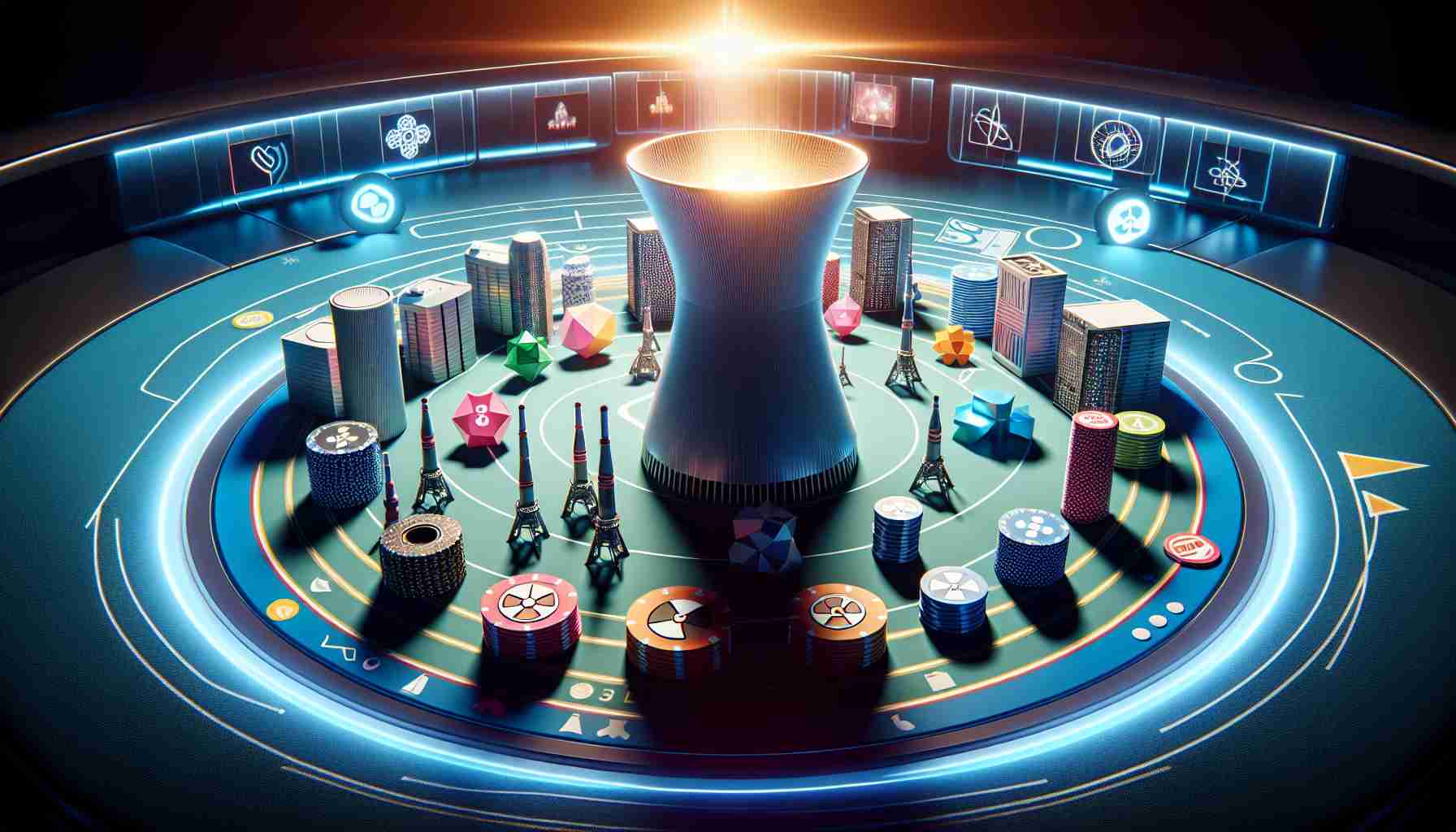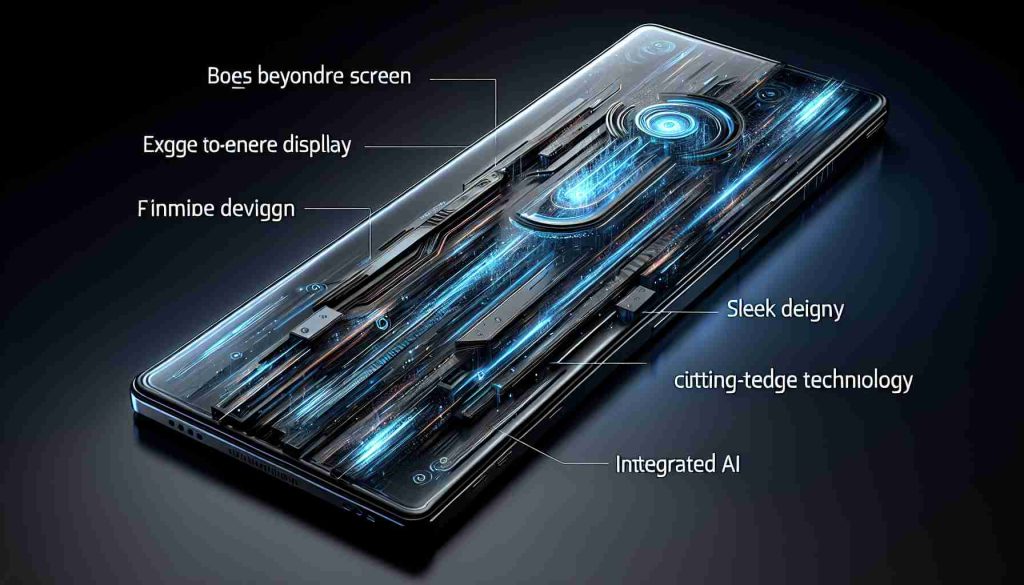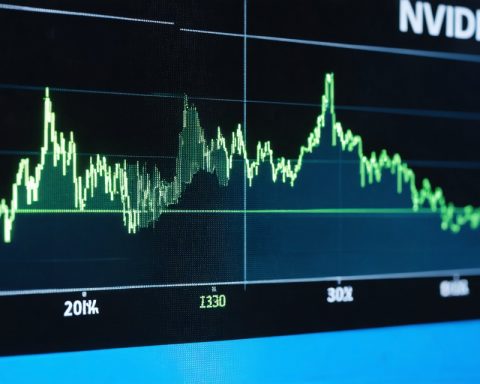In a push for sustainable and efficient energy solutions, major tech companies, including Amazon and Microsoft, are investing heavily in the development of small nuclear reactors. These innovative, compact reactors, referred to as Small Modular Reactors (SMRs), represent a fraction of the size of traditional nuclear reactors but promise enhanced efficiency and cleaner energy sources.
Global Interest Sparks Innovations
Indian engineering leader Larsen & Toubro (L&T) sees significant market potential in this burgeoning field. Their extensive experience in India’s nuclear sector positions them optimally to manufacture crucial components for these advanced reactors. L&T’s executive, Subramanian Sarma, expressed optimism about leveraging their high-end manufacturing capabilities to support global SMR projects, noting the growing interest from international technology firms.
Amazon’s Strategic Moves
Amazon has already taken a significant step by investing $500 million into the Maryland-based company X-energy, which focuses on advanced nuclear technology. Their collaboration aims to bring over 5 gigawatts of SMR power projects online by 2039, marking a major milestone in carbon-free energy deployment.
A Path Toward Safer, Sustainable Energy
The modular nature and safety features of SMRs are gaining traction, particularly in the US, according to Microsoft. Their technology brief suggests that SMRs could improve the safety, efficiency, and environmental impact of nuclear power, paving the way for sustainable energy development. However, the global adoption of SMRs largely hinges on regulatory evolutions tailored to these advanced systems, something countries like India are currently adapting to accommodate.
The Untold Impact of Small Nuclear Reactors: Transforming Energy Landscapes and Sparking Global Debates
In the quest for cleaner and more sustainable energy solutions, Small Modular Reactors (SMRs) are gaining international attention. While tech giants like Amazon and Microsoft are taking pioneering steps, there’s a deeper story that unfolds when we consider the broader implications for societies worldwide. From unique cultural shifts to the controversial challenges faced by the nuclear industry, here is an exploration of untapped narratives surrounding SMRs.
New Opportunities for Education and Employment
One transformative aspect of SMRs is their potential to reshape local economies, particularly in areas that embrace their development and operation. As countries invest in this technology, educational pathways in nuclear engineering and related fields are expected to expand significantly. In places like India and the United States, universities and technical institutes may see a surge in demand for specialized courses, ultimately boosting employment opportunities in high-tech manufacturing and nuclear safety.
Moreover, with tech companies like Amazon investing heavily, regions known for technological innovation could develop into hotbeds for nuclear research and engineering excellence. This influx of skilled labor and educational advancements could lead to thriving communities centered around safe nuclear technology deployment.
Controversies and Challenges to Consider
Despite the promise of SMRs, their integration into the energy sector does not come without challenges. A significant topic of contention is nuclear waste management. While SMRs are touted for their improved safety and efficiency, they still produce radioactive waste, albeit in smaller quantities than traditional reactors. Nations will need advanced strategies to deal with this issue, especially in densely populated areas where space for waste storage is limited.
There’s also a broader debate about the public perception of nuclear energy. Some communities remain wary due to historical incidents involving nuclear power. The successful deployment of SMRs will require transparent communication and the assurance of stringent safety measures to win public trust.
Advantages and Disadvantages: Weighing the Scale
Advantages:
– Efficient Use of Space: SMRs occupy significantly less space than traditional reactors, making them more feasible in urban or geographically constrained areas.
– Scalability and Flexibility: These reactors can be deployed incrementally to match a community’s energy demands, reducing initial costs and allowing for phased growth.
– Reduced Carbon Footprint: The potential for SMRs to provide carbon-free energy is particularly relevant as the world grapples with climate change.
Disadvantages:
– High Initial Investment: The upfront cost of developing and producing SMRs can be prohibitive, potentially limiting access to wealthy nations or corporations.
– Regulatory Hurdles: Adaptations in regulatory frameworks are necessary to accommodate SMRs, which may delay their widespread implementation.
– Public Resistance: Societal apprehension about nuclear technology may challenge the acceptance and growth of SMRs.
Will SMRs Power the Future?
As we stand on the brink of a sustainable energy revolution, it’s crucial to ask: Are SMRs the definitive solution for global energy needs? While they hold immense potential, the success of SMRs will ultimately depend on overcoming economic, environmental, and societal challenges. Collaboration among governments, private sectors, and communities will be vital in this endeavor.
For those keen on exploring more about the developments in sustainable energy and nuclear innovations, you can visit energy.gov and iaea.org for more information.
In conclusion, the plight of SMRs encapsulates a fascinating intersection of technology, policy, and human values. As they gain traction, only time will reveal their true impact on the energy landscape and society at large.























